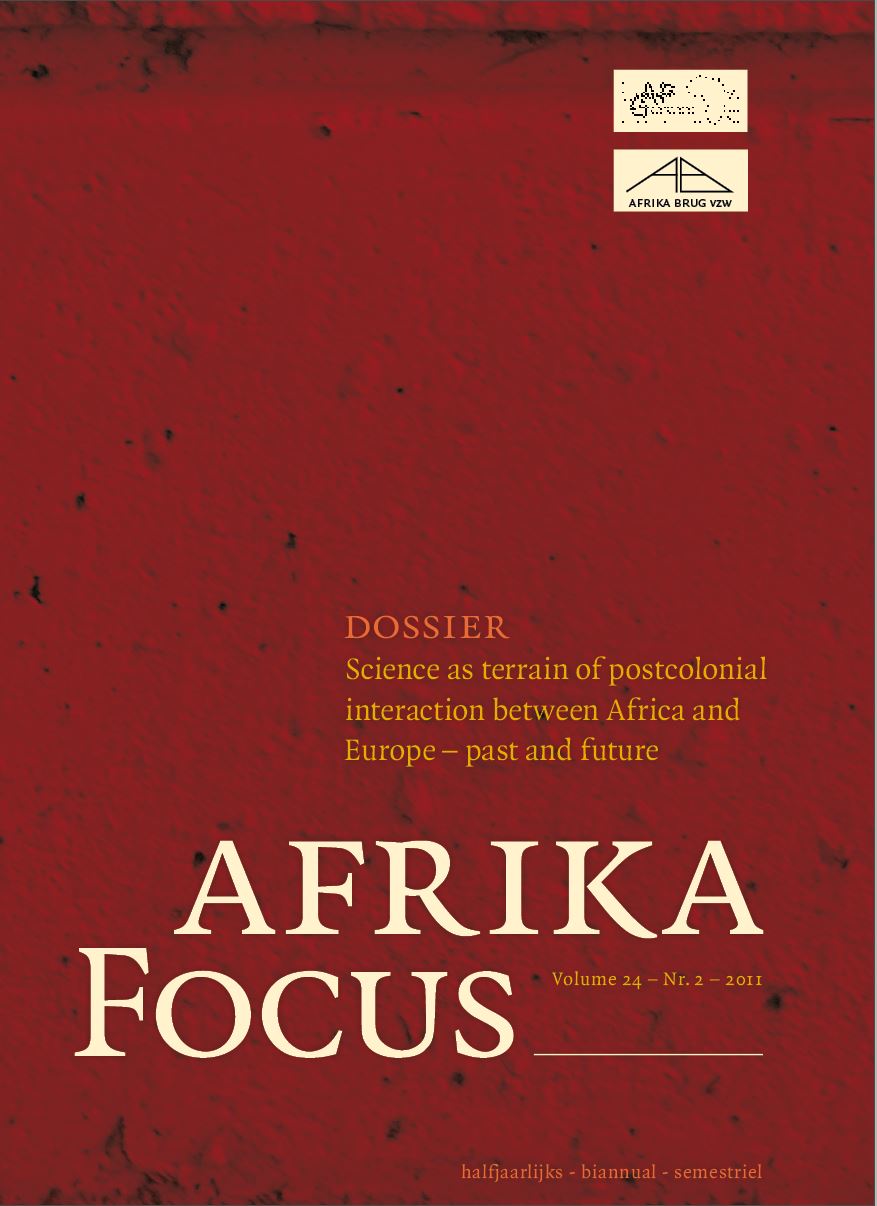Wild edible plants in Ethiopia: a review on their potential to combat food insecurity
DOI:
https://doi.org/10.21825/af.v24i2.4998Abstract
This work reviews literature on ethnobotanical knowledge of wild edible plants and their potential role in combating food insecurity in Ethiopia. Information on a total of 413 wild edible plants belonging to 224 genera and 77 families was compiled in this review. Shrubs represented 31% of species followed by trees (30%), herbs (29%) and climbers (9%). Families Fabaceae (35 species), Tiliaceae (20) and Capparidaceae (19) were found to be represented by the highest number of edible species. About 56% (233) of species have edibility reports from more than one community in Ethiopia. Fruits were reported as the commonly utilized edible part in 51% of species. It was found that studies on wild edible plants of Ethiopia cover only about 5% of the country’s districts which indicates the need for more ethnobotanical research addressing all districts. Although there have been some attempts to conduct nutritional analyses of wild edible plants, available results were found to be insignificant when compared to the wild edible plant wealth of the country. Results also show that wild edible plants of Ethiopia are used as supplementary, seasonal or survival food sources in many cultural groups, and hence play a role in combating food insecurity. The presence of anthropogenic and environmental factors affecting the wild plant wealth of the country calls for immediate action so as to effectively document, produce a development plan and utilize the plants. Key words: ethnobotany, cultural diversity, food insecurity, indigenous knowledge, nutritional analysisDownloads
Published
How to Cite
Issue
Section
License
Authors who publish with this journal agree to the following terms
Authors retain copyright and grant the journal right of first publication with the work simultaneously licensed under a Creative Commons Attribution License that allows others to share the work with an acknowledgement of the work's authorship and initial publication in this journal.
Authors are able to enter into separate, additional contractual arrangements for the non-exclusive distribution of the journal's published version of the work (e.g., post it to an institutional repository or publish it in a book), with an acknowledgement of its initial publication in this journal.
Authors are permitted and encouraged to post their work online (e.g., in institutional repositories or on their website) prior to and during the submission process, as it can lead to productive exchanges, as well as earlier and greater citation of published work (See The Effect of Open Access).


